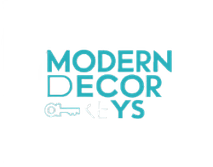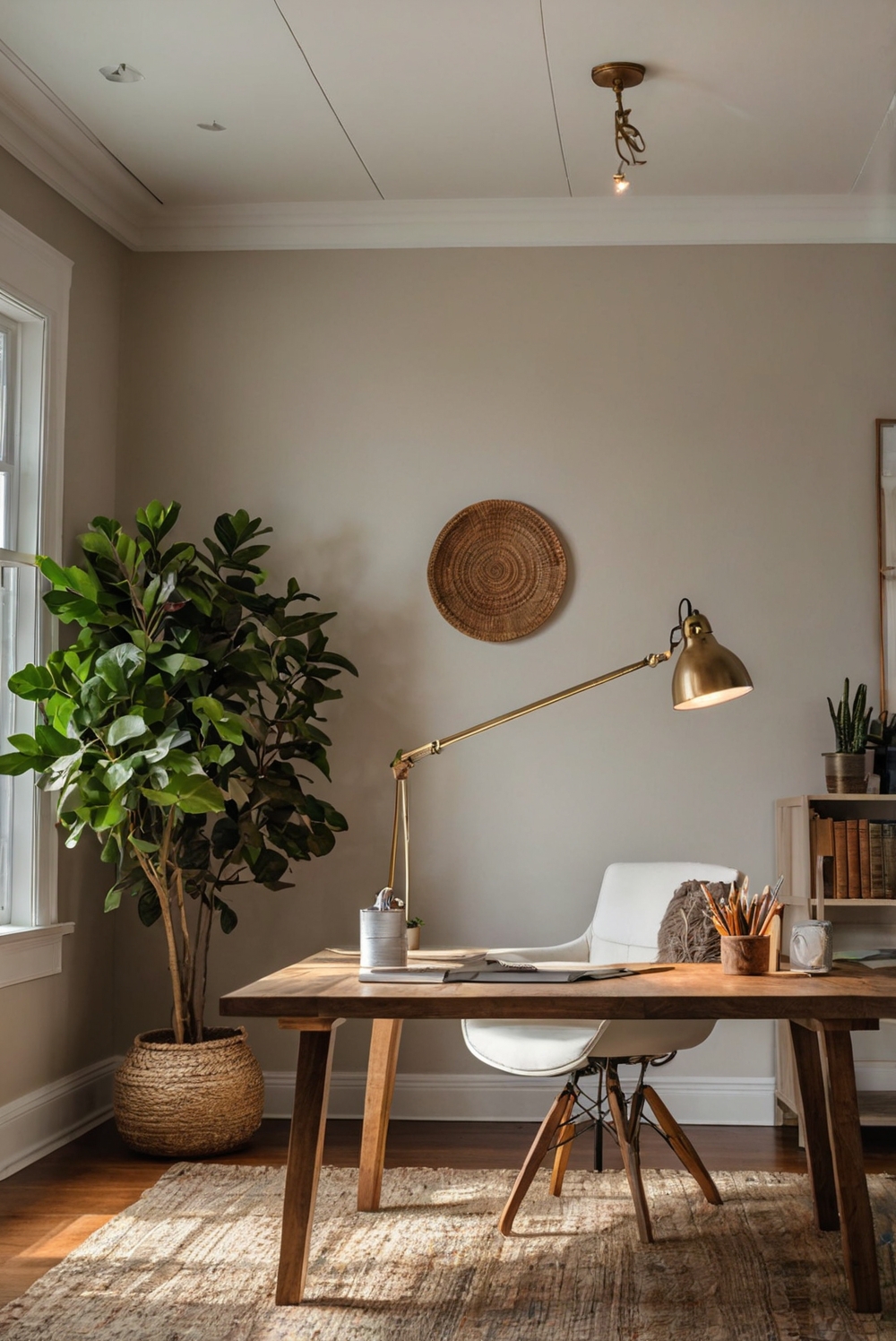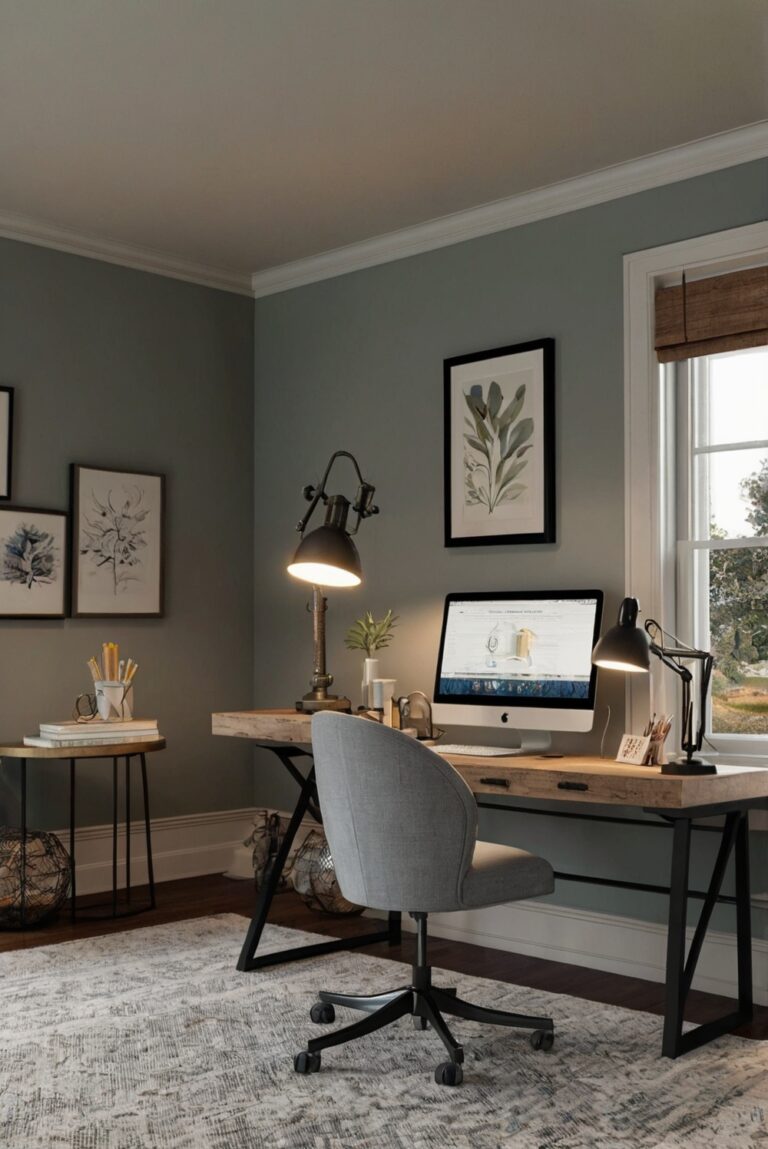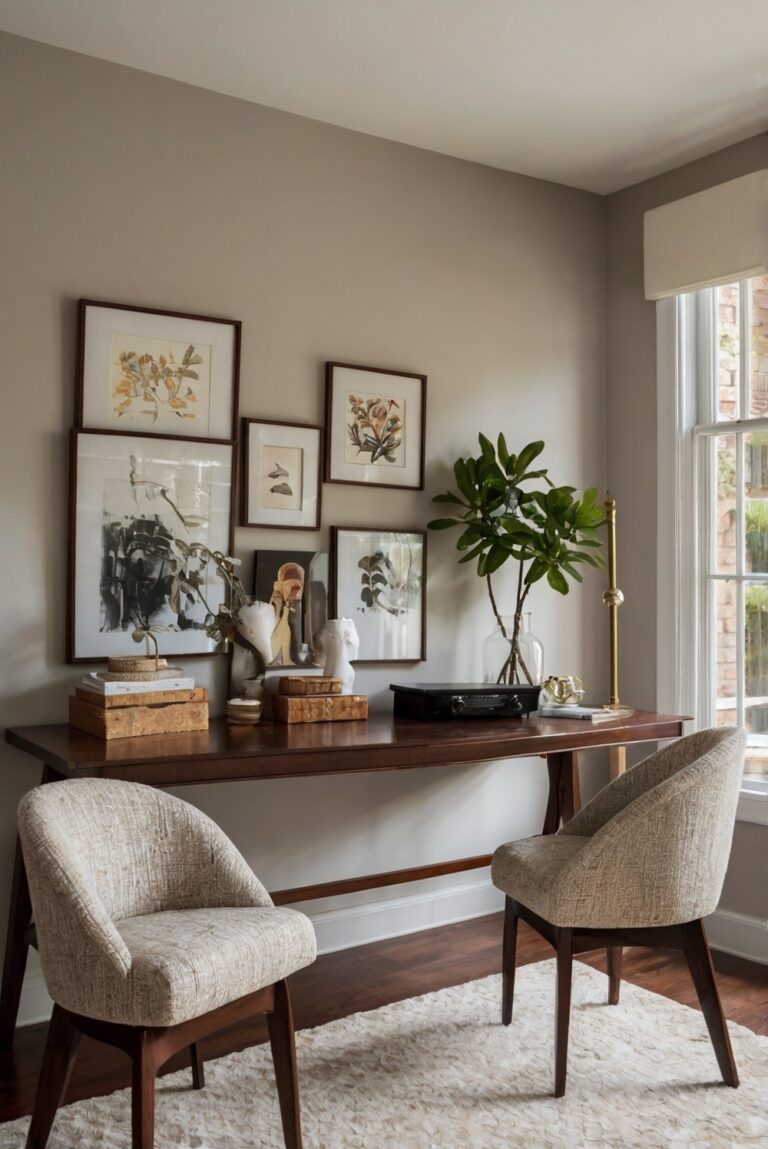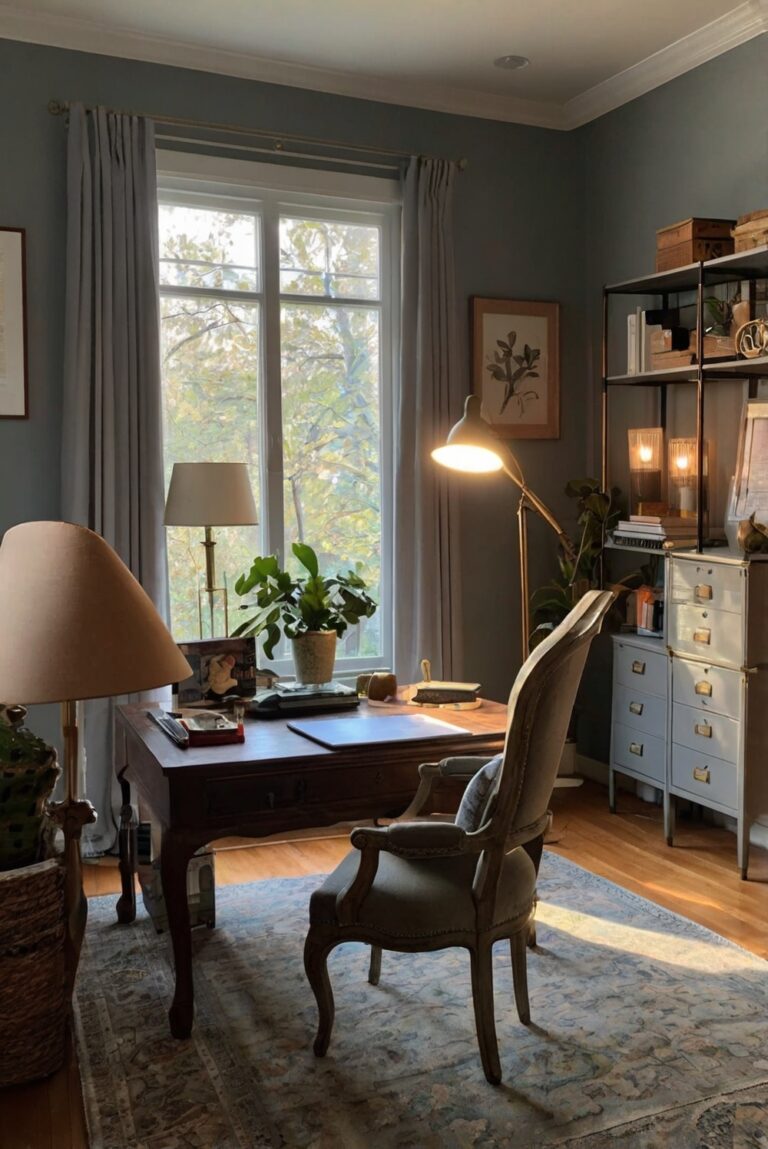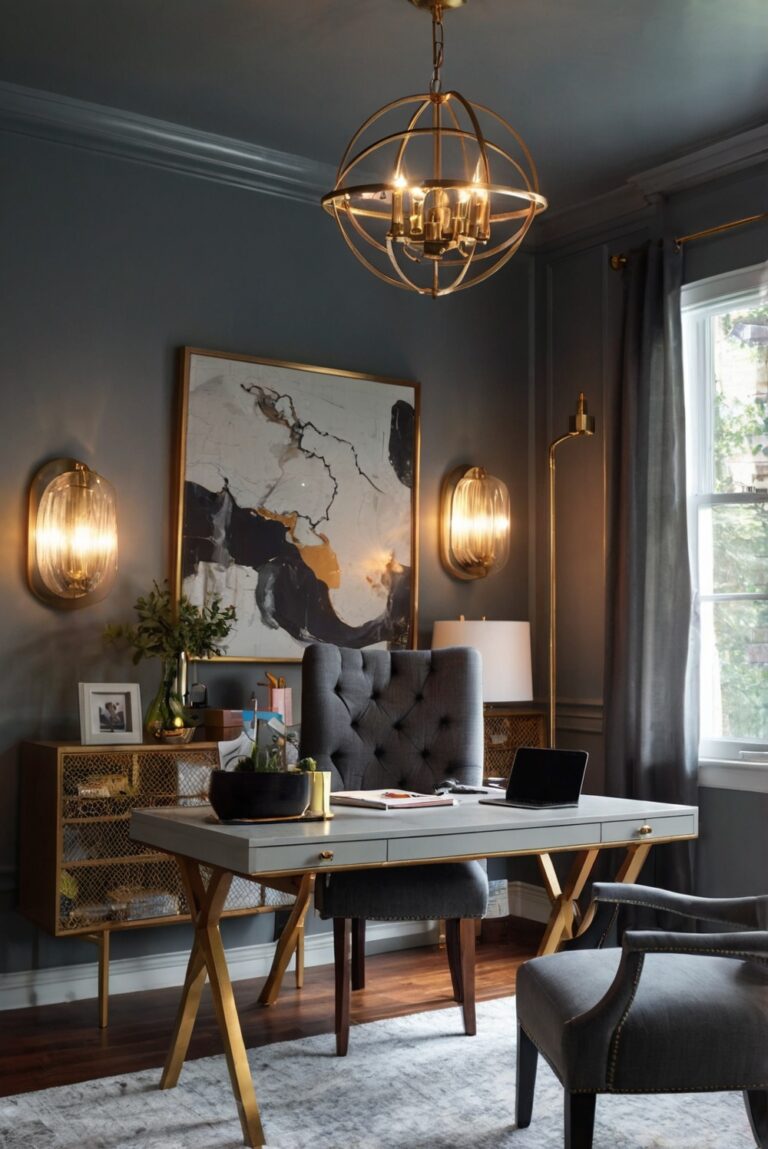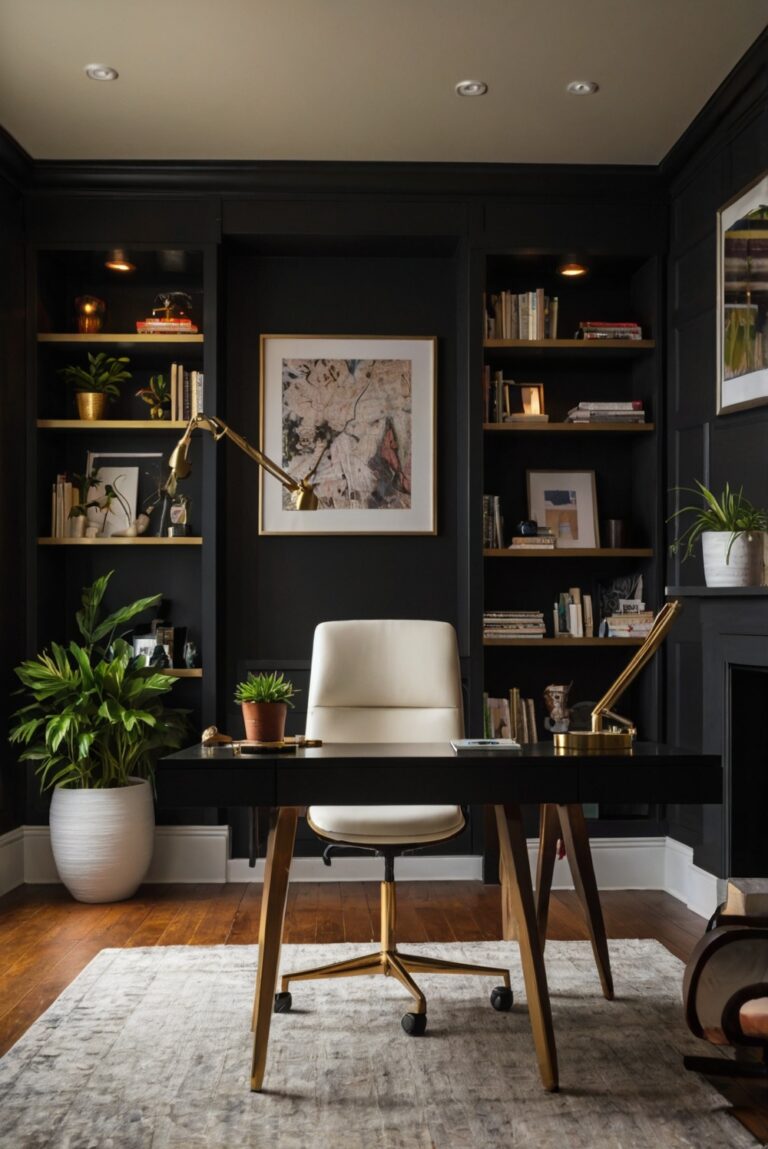Explore the best types of lighting to enhance productivity in your home office. Discover how strategic lighting design can positively impact your workspace ambiance and efficiency.
**What Are the Best Types of Lighting for Productivity in a Home Office?**
Answer: Proper lighting is crucial for creating a productive home office environment. The best types of lighting for boosting productivity include:
1. Natural Light: Position your desk near a window to take advantage of natural light that reduces eye strain and boosts mood.
2. Task Lighting: Use adjustable task lamps to provide direct light on your work area without causing glare.
3. Ambient Lighting: Soft overhead lighting helps create a comfortable atmosphere and reduces harsh shadows.
4. Accent Lighting: Add decorative lighting elements like wall sconces or pendant lights to enhance the aesthetics of your home office.
By incorporating these lighting options, you can create a well-lit and productive workspace for home decorating and interior design.
—
For further details on lighting design and interior decor, consider consulting professionals in space planning and interior design. They can help in optimizing your home office layout and selecting the right lighting fixtures for your needs. Remember, a well-lit space is essential for productivity and overall well-being in your home.
What Are the Best Types of Lighting for Productivity in a Home Office?
Lighting plays a crucial role in creating a productive work environment in a home office. The right lighting can enhance focus, reduce eye strain, and boost overall productivity. Here are the best types of lighting for maximizing productivity in a home office:
Natural Light:
Natural light is the most ideal type of lighting for a home office. It helps regulate the body’s circadian rhythm, improves mood, and enhances productivity. Position your desk near a window to maximize natural light exposure. If direct sunlight causes glare on your computer screen, consider using blinds or sheer curtains to diffuse the light.
Task Lighting:
Task lighting is essential for illuminating specific work areas, such as your desk or reading nook. Adjustable desk lamps with LED bulbs are a great choice for task lighting as they provide focused light where you need it most. Ensure the light is directed towards your work surface to minimize shadows and reduce eye strain.
Overhead Lighting:
Overhead lighting serves as ambient lighting that fills the room with overall illumination. Opt for ceiling fixtures with dimmable LED bulbs to customize the light intensity based on your needs. Avoid harsh fluorescent lighting as it can cause glare and discomfort. Soft, warm lighting is more conducive to a productive work environment.
Lighting Color Temperature:
The color temperature of light can impact your productivity and mood. Cool white light (4000-5000 Kelvin) is energizing and can enhance focus, making it ideal for task-oriented work. On the other hand, warm white light (2700-3000 Kelvin) promotes relaxation and is suitable for winding down at the end of the day. Consider using a combination of cool and warm lighting to create a balanced work environment.
Lighting Placement:
Strategically placing different types of lighting sources in your home office can improve visibility and reduce eye strain. Experiment with the positioning of your desk lamp, overhead light fixtures, and natural light sources to achieve optimal lighting conditions. Avoid placing light sources directly behind your monitor to prevent screen glare.
In conclusion, choosing the right types of lighting for your home office is essential for creating a productive and comfortable workspace. Incorporating natural light, task lighting, and ambient overhead lighting can significantly enhance your work environment. Pay attention to lighting color temperature and placement to optimize visibility and minimize eye strain. By prioritizing effective lighting solutions, you can boost your productivity and overall well-being while working from home.
1. Why is lighting important for productivity in a home office?
Proper lighting is essential for creating a productive work environment in a home office. Natural light is preferred as it reduces eye strain and boosts mood and energy levels. Good lighting can enhance concentration, reduce fatigue, and increase overall productivity.
2. What are the best types of lighting for a home office?
The best types of lighting for a home office include a combination of natural light, task lighting, and ambient lighting. Natural light is ideal for reducing eye strain and improving focus. Task lighting, such as desk lamps with adjustable brightness levels, can provide targeted illumination for specific work tasks. Ambient lighting, like ceiling lights or wall sconces, can help create a well-lit and comfortable workspace.
3. How can different types of lighting affect productivity in a home office?
Different types of lighting can have varying effects on productivity in a home office. Bright, cool-toned lighting can promote alertness and concentration, while warm, dim lighting can induce relaxation. It is essential to strike a balance between different types of lighting to create a comfortable and conducive work environment.
4. Are there specific lighting strategies that can enhance productivity in a home office?
Yes, several lighting strategies can enhance productivity in a home office. Positioning the desk near a window to maximize natural light, using adjustable task lighting to reduce glare, and incorporating ambient lighting to create a pleasant atmosphere are effective strategies. Additionally, installing dimmer switches or smart lighting systems can provide flexibility in adjusting light levels based on the time of day and task at hand.
5. Can lighting design impact mood and creativity in a home office?
Yes, lighting design can have a significant impact on mood and creativity in a home office. Bright, natural light can boost mood and energy levels, leading to increased creativity and productivity. On the other hand, harsh or inadequate lighting can cause fatigue and negatively affect mood, hindering creativity. By carefully considering the lighting design in a home office, one can create a space that promotes a positive mindset and enhances creative thinking.
